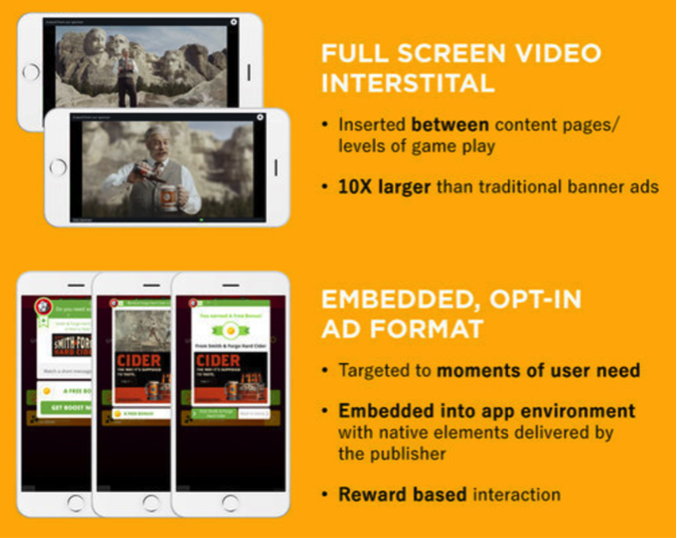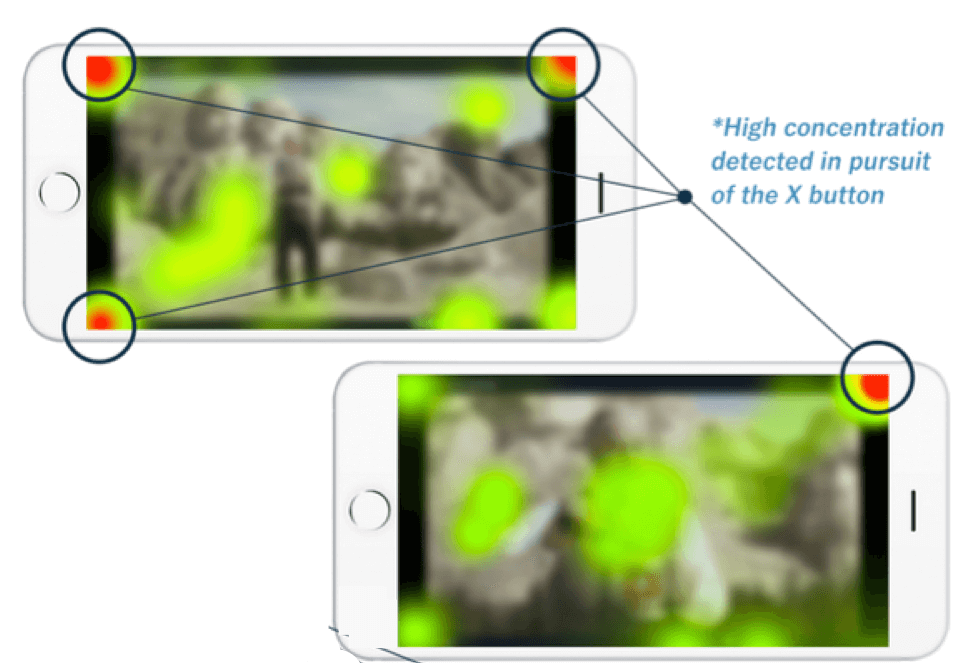The Impact of Mobile Ad Deliveries
With an estimated global investment spend in mobile video advertising of $35B, per a recent Strategy Analytics Report, the need to understand mobile advertising is in high demand. The ever-increasing pressure on a brand and its buyers to include mobile in their plans has been challenging and desktop best practices and solutions have naturally been adopted into mobile. Unfortunately, many brands are realizing that the negative ROI on ineffective or disruptive impressions is greater than before, leading to ad annoyance and avoidance. The challenges with mobile advertising are vast; having fixed vertical views and videos being built horizontally, the length and weight of video eating up a customer’s data plans and now users blocking ads in droves to stop advertising in its tracks.
MediaBrix, a leading mobile-focused digital advertising company, approached True Impact to discover the most efficient and effective way to advertise on a mobile device using video, and the key factors that drive user receptivity and purchase intent. Together with Neurons’ data analysis capabilities, True Impact delivered a comprehensive neuroscience research study focused on how advertising delivery methods impact a brand. The MediaBrix Research Mission was to test different delivery mobile ad solutions to understand what attributes of the delivery method drive to a receptive user, get human attention and have a positive business impact.
Approach
Our goal was to understand the impact of two types of ad deliveries on motivation, cognitive load, attention, memory, and comprehension. The first type is called Interstitial, or pop up: an ad type where a video pops up while a mobile game is being played. The second type is called Embedded Opt-In: an ad type that arrives at a point of need (i.e. you’re out of points), is displayed within the context of the game and offers a reward to allow the user to keep playing.

The context of the ad presentations was a game requiring a high degree of cognitive load, categories, where the user is required to come up with words and names. The ad types were presented during the gameplay, in alternated order across all participants (N=60). Two brands participated in this research and received individual confidential reports: Miller Coors and an unnamed leading confectionery brand.
We used electroencephalography (EEG), heart rate, and eye-tracking techniques, paired with post-exposure surveys. This approach allowed us to combine consumer self-report measures with measures of the brain’s electrical activity, creating a ”big-picture” view to the user’s attitudes toward interstitial and embedded opt-in ads.
Our hypothesis stated: A human-friendly ad experience will be preferred. However, we had no precedent or anticipation of the
effect we could expect. This form of research is unique and world-first hence opens the doors for further exploration.
Results
Our key findings include:
- Mobile ad experiences that target an emotional moment (need indicator) and offers contextual relevancy, were four times more motivating than without.
- Mobile ad experiences that were contextualized (included native elements to build trust and transparency with/to the user) and were emotionally moment-targeted (moment of need indicators) garnered three times more attention time spent with the brand creative.
- Mobile ad experiences that were contextualized to the experience resulted in eight times more cognitive engagement leading to mental encoding (commitment to memory) and consideration.
- The same contextually designed ads resulted in 4.6X more fixation time and three times more time spent with the brand creative.
- Contextually designed ads coupled with emotional moment targeted ads (need indicators) produced two times less erratic emotional sentiment.
- There is a “Race to X-Factor” that was discovered inside of a mobile ad execution, prompting people to exit the pop-up ads. The Race to X-Factor was magnified without contextualization and emotional targeting.
Conclusions
1. Think differently.
The exponential adoption of mobile devices compels marketers to think about how they are used. There is a real opportunity here but we have to take a pause and understand that we can amplify or compromise our brands in this environment.
2. Consider the person on the other end of the phone
No pun intended, but it’s true! This is a mobile device, a quarter of the size of any screen we’ve ever been given. People are using their phones, they have data plans, they are task-oriented – you cannot be intrusive or disruptive. You need to add value at any chance you get because that is the only way to get attention on this device.
3. Consider the format
Many marketers talk about the importance of content. However, the content of the ad would not reach the audience if presented in an intrusive way. Context is just as important and must be held in high priority.
4. Consider the delivery of your message
The app environment is very powerful because the brand knows what is happening and when. In a task-driven environment where all content has been gamified, brands can offer value while asking for time out of a person’s day, as well as their data and their attention.

As a marketer or advertiser, your responsibility is to deliver the right message, at the right time, to the right person. Without deep insights into customer behaviour, you’d be crossing your fingers while pushing the “Send All” button. We trust that by inspiring you to deliver better mobile ad experiences, it paves the way towards creating multiple human-friendly brand interactions. At True Impact, we believe that when marketing is humanized, brands and customers win.
CONTACT INFORMATION
Diana Lucaci (True Impact)